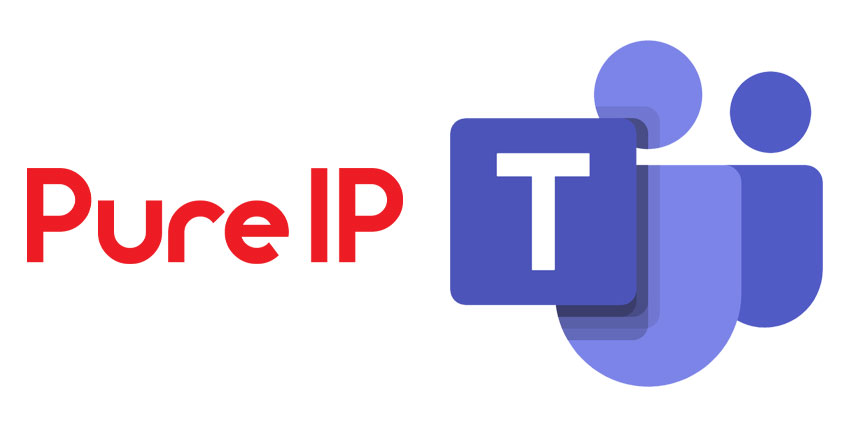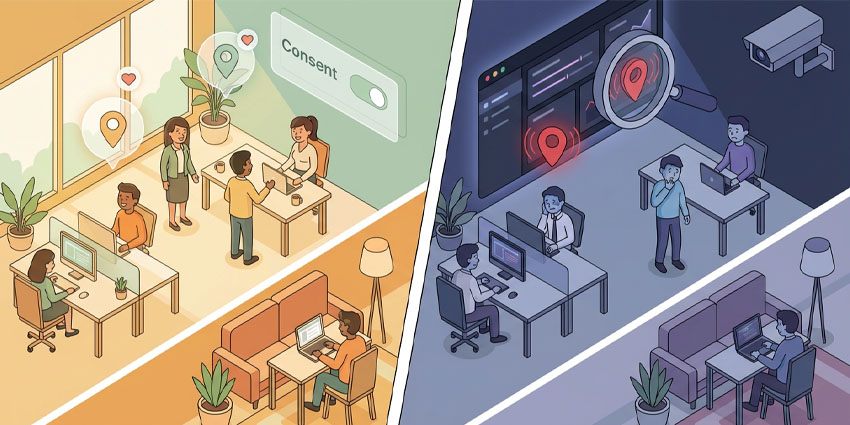With over 150 million daily users, Microsoft Teams has arguably become the virtual equivalent of the office for users around the world — a single hub for their collaboration tools, files, assets, meetings, and communications.
For some though, the missing link remains telephony, which is still essential for internal and external connectivity, even in our videoconferencing age. Fortunately, Teams is more than capable of supporting core enterprise telephony needs, and recent announcements about the continued development roadmap point towards it supporting the inevitable legacy endpoints and third-party telephony applications.
As Ian Guest, Marketing Director for Pure IP, noted, “There has been significant investment and willingness from Microsoft to open Teams up to systems which are not native apps in order to continue simplifying and improving the user experience. The ongoing development will enable Teams to act like a single consolidated service, providing a platform to connect different communications related applications.”
Integrating all the things

As part of Microsoft’s longer-term game plan, this approach of unification via integration rather than replacement opens up the great potential to truly bring communications into a single platform, while benefiting from the diversity of specialist functionality that different niches require.
“Microsoft has not ventured much into compliance recording, call centre provisioning, or call routing, for example. Their solutions are born out of their strengths in collaboration and file sharing, and there are already many vendors with unique spheres of influence in the communications space. By opening up their platform via APIs and native integrations they can still drive the continued uptake of Teams as a communications platform, while providing direct access to every specialist tool a user might need,” Guest continued.
It’s all part of a consolidation process gathering momentum as the world recognises that distributed working is here to stay, and seeks sustainable solutions to their ongoing communications needs.
“Businesses are increasingly consolidating their services and reducing on-prem infrastructure by outsourcing and migrating to the cloud. By migrating to cloud-based applications that work with Teams, they will outsource much of the management responsibility and technical complexity, allowing them to focus more on managing performance and the application to support their business.”
“Inevitably, businesses will have the need to connect different systems in their environment, which means integration and interoperability are key. This extends to the voice services which play an essential part connecting the old world with the new, as well as vital external connectivity. They need to work seamlessly together”
As more cloud-based applications and increased interoperability develop going forward, voice systems will deliver ever more specialist functionality and data, and with Microsoft Teams sitting at the heart of it, the future looks highly integrated.
“Ultimately, a completely unified user experience doesn’t mean that everything has to be part of a single platform, it’s often about allowing the best in class to be aligned and work together successfully in the long term.” Guest concluded.







